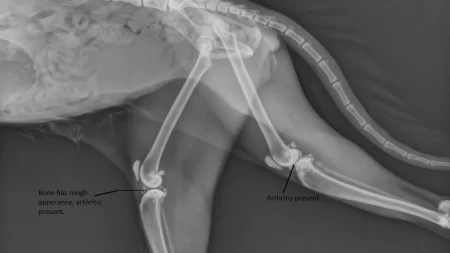A cat’s pupils can mean different things depending on their size and shape:
- Narrow slits: A cat may be aroused, angry, fearful, or pleased. Pupils may also contract to adjust to bright light.
- Medium-sized vertical slits: A cat may be relaxed, confident, or happy.
- Dilated pupils: A cat may be defensive, agitated, or about to jump away.
- Squinted or half-closed eyes: A cat may be angry or ready to attack.
- Direct stare: A cat may be threatening or confrontational.
Cats’ vertical pupils can change size by up to 135 times. This helps them see in the dark and avoid being blinded by bright light. The vertical slits also help cats judge the distance of their prey.
Understanding Cats’ Eyes When They Are Slits
A cat’s pupils are vertically oriented slits, unlike the round pupils of humans and many other mammals. This unique shape allows cats to adapt to a wide range of light conditions, making them excellent nocturnal hunters. When a cat’s eyes are slits, it can be interpreted in several ways:
Physical response to light: In bright environments, constricting their pupils helps protect their eyes from excessive light and glare. This is similar to how humans squint in bright sunlight.
Sign of contentment and relaxation: When a cat is feeling relaxed and content, its eyes may become slightly narrowed into slits. This is often accompanied by other signs of contentment, such as purring and soft body language.
Can indicate aggression or discomfort: In some cases, slit eyes can also be a sign of aggression or discomfort. This is especially true if the cat’s body language is also tense or defensive. Narrowed eyes can be a warning signal that the cat is feeling threatened or upset.
The Importance of Cat Eye Slits in Survival
The ability to constrict their pupils into slits plays a crucial role in a cat’s survival:
Enhances night vision: Cats are crepuscular animals, meaning they are most active at dawn and dusk. Their slit pupils allow them to gather more light in low-light conditions, making them effective hunters at night.
Helps protect their eyes while hunting: When hunting, cats often get close to their prey, which can pose a risk to their eyes. Narrowing their pupils helps protect their eyes from potential scratches or injuries.
Allows them to hide their emotions from predators: In the wild, cats need to be able to conceal their emotions from potential predators. Slits make it difficult for predators to read their facial expressions, giving them an advantage in avoiding detection.
Similar Eye Behaviors in Other Animals
Slit pupils are not unique to cats. Other animals, including reptiles, birds, and insects, also have vertically oriented pupils. This adaptation is particularly common among nocturnal or crepuscular animals that need to see well in low light.
In reptiles, slit pupils are thought to help them regulate heat intake and protect their eyes from the harsh desert environment. Birds, such as owls and hawks, also have slit pupils that allow them to see well in low light while hunting. Insects, such as dragonflies and bees, have compound eyes with thousands of tiny lenses, each of which has a slit-shaped pupil. This allows them to see in a wide range of directions and perceive movement very quickly.
In conclusion, cats’ slit pupils are not just a distinctive feature of their appearance; they play a vital role in their survival and ability to thrive in a variety of environments. Understanding how cats use their slit pupils to communicate and adapt to their surroundings can help us appreciate their complex and fascinating nature.







